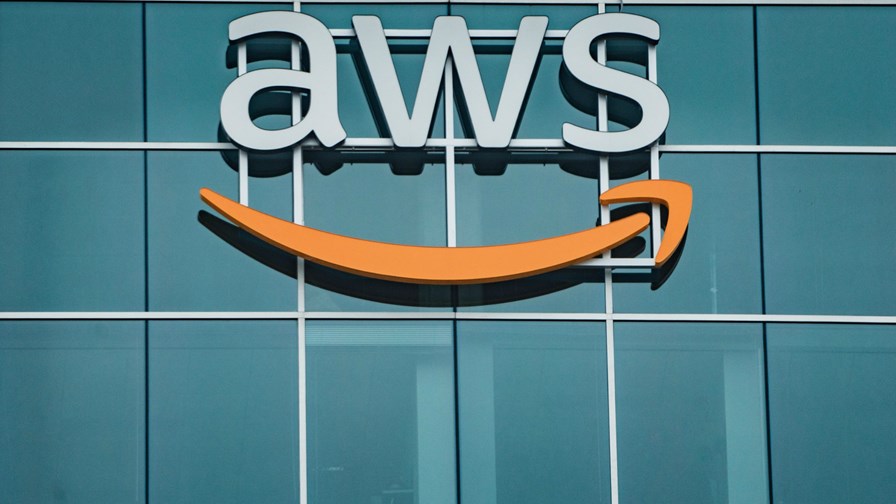
via Flickr © Tony Webster (CC BY 2.0)
- Managing the edge will be key, especially the placement of workloads
- Wavelength will allow developers to hook low latency for the applications where it’s needed
- AWS has already bagged four large mobile operators
Amazon Web Services has launched AWS Wavelength, an edge computing facility for cloud applications builders (on Amazon, naturally). The idea is that Amazon will embed outposts of its cloud within mobile networks as they upgrade themselves to 5G. Links from the telco to Amazon’s cloud will enable developers to utilise single digit millisecond latency for their applications where extreme responsiveness is required, while running most of the application cost-effectively on workloads and storage located in the hyperscale cloud.
This sort of responsibility split is inevitable since it clearly won’t be feasible to migrate the entire hyperscale cloud, or anything like it, to the edge - just the applications or parts of applications that will really benefit the user by close to real-time responsiveness. Yes, games of course, but also high value applications for critical industrial use cases like process control.
AWS made its announcement at its re:Invent conference in Las Vegas this week and named Vodafone, Verizon KDD and SK Telecomas early partners. Presumably more partners are to follow.
Other eyes on the prize
Edge positioning is rife at the moment with the likes of Microsoft and AT&T also planting technology flags. This week, Hewlett Packard Enterprise (HPE), announced
GreenLake Central, a management tool that sits on top of GreenLake, HPE’s ‘capacity as a service’ offering. It provides a console view of an organisation’s cloud estate - what workloads are sitting where, what they’re doing and how their performance might be optimized. (see - HPE and AWS say they’re stepping up to the edge).
Part of the logic behind GreenLake Central is to carefully manage the arrangement of the workloads, bearing in mind that there will be a major cost differential between capacity bought in the hyperscale core and processing and storage bought multiple times at the edge - getting that balance right will be key, says HPE.
Many routes to the edge
There are clearly multiple approaches to edge computing and edge services, so it naturally follows that there will have to be some sort of aggregation of effort and real estate if edge services are to be viable.
Here’s the obvious problem
Many applications, perhaps even all of them, could make use of low latency services at least part of the time. Does that mean that each network operator must build a string of edge facilities to service its own 5G network for low latency apps?
Might it be better to share these mini data centres, especially where mobile operators are already sharing access networks? Probably.
But the problem is even greater. We’ve forgotten about fixed network access (still too often an elephant in the room when discussion of Edge comes up). So add another few hundred national edge data centres to cater for that.
That’s a lot of edge instances to invest in and manage if you want to deploy applications that make use of them.
I would have thought that right about now all sorts of schemes for aggregating that effort must be incubating.
After what seemed like an age, the industry finally got around to seriously considering neutral host networks for small cells. How long before it also starts a serious “neutral edge” conversation?
Email Newsletters
Sign up to receive TelecomTV's top news and videos, plus exclusive subscriber-only content direct to your inbox.




